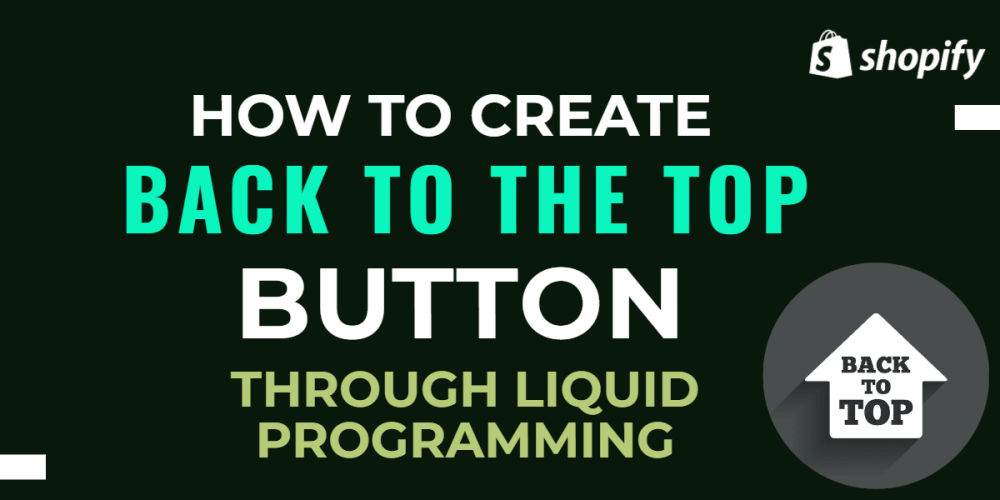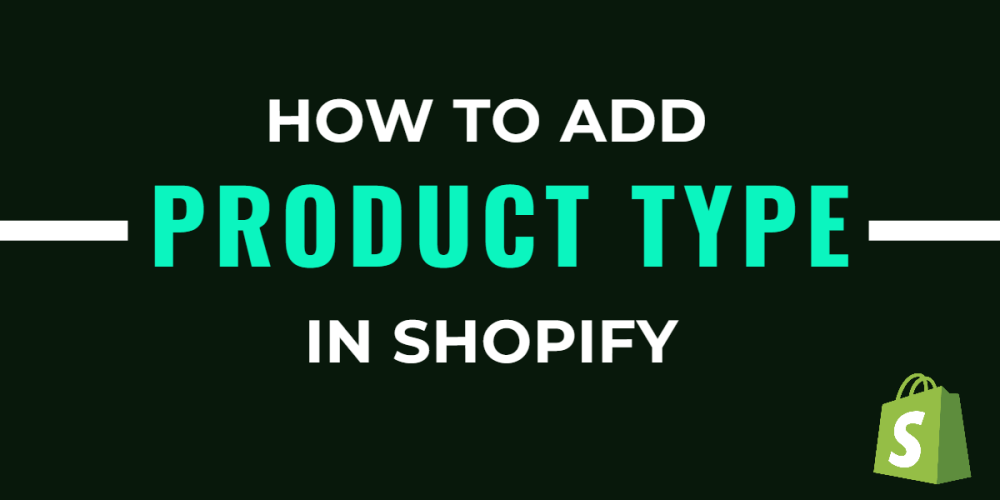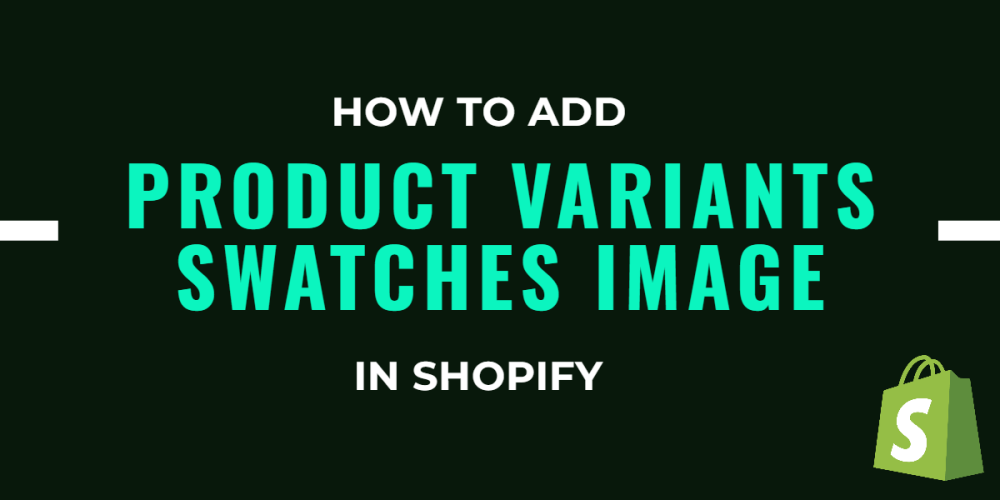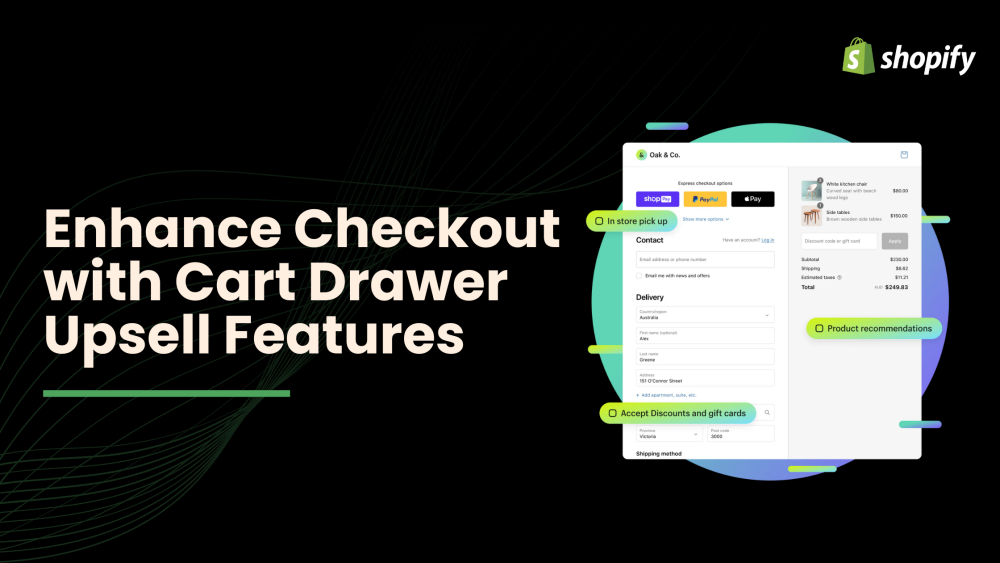Welcome to CodeCrew Infotech



How to Reduce Cart Abandonment Rates on Your Shopify Stores
What is Shopify cart abandonment?
Shopify cart abandonment occurs when a customer adds items to their shopping cart on a Shopify store but does not complete the purchase. This issue is common and can be attributed to factors such as a complicated checkout process, high shipping costs, and customers using their cart for wishful thinking or future reference.
Reasons for Abandoned Cart in Shopify
Shopify abandoned carts occur when there are several obstacles between clicking the ‘Add to Cart’ button and completing the purchase on your eCommerce store.
These obstacles can include high shipping costs, mandatory account creation, a complicated checkout process, or simply customers who are window shopping.
Research by the Baymard Institute has identified the top seven reasons for shopping cart abandonment.

1. Streamline Your Checkout Process:
Mobile Optimization: Ensure that your checkout process is fully optimized for mobile devices. This includes using responsive design, large clickable buttons, and simplified forms tailored for smaller screens.
Optimize for Speed: Simplify the steps required to complete a purchase. Minimize the number of form fields customers need to fill out, and consider implementing a guest checkout option to eliminate the need for account creation.
2. Offer Multiple Payment Options:
Localized Payment Methods: Depending on your target audience, consider adding region-specific payment methods that are popular and trusted in those markets. This can significantly improve conversion rates among international customers.
Payment Security: Highlight the security measures in place for each payment method to reassure customers about the safety of their transactions.
3. Display Clear Shipping Costs Upfront:
Free Shipping Thresholds: If applicable, promote a minimum order value for free shipping. This can incentivize customers to add more items to their cart to qualify for free shipping, increasing average order value.
Shipping Speed Options: Offer different shipping speed options (e.g., standard, expedited) and clearly communicate the delivery timelines associated with each option.
4. Implement Exit-Intent Popups:
A/B Testing: Experiment with different popup designs, incentives, and timings to determine which combinations work best for your audience. Use analytics to track popup performance and make data-driven decisions.
Segmentation: exit-intent popups based on customer segments or browsing behavior. For example, offer different incentives to first-time visitors versus returning customers.
5. Use Abandoned Cart Recovery Emails:
Timing and Frequency: Test different timings for sending abandoned cart emails (e.g., immediately after abandonment, after a few hours, next day). Find the optimal frequency that generates the highest conversion rates without overwhelming customers.
Dynamic Content: Use dynamic content in your emails to personalize recommendations based on the abandoned products or the customer’s browsing history.
6. Optimize Your Site Speed:
Page Load Time Benchmarks: Aim for a page load time of three seconds or less, as slower loading times can significantly impact bounce rates and conversion rates.
Mobile Performance: Conduct regular mobile performance audits to ensure your website loads quickly and functions smoothly on all mobile devices, including older models and slower networks.
7. Optimize Product Pages
High-Quality Images: Use high-resolution images that showcase products from multiple angles. Include zoom features to allow customers to inspect details closely.
Detailed Descriptions: Provide comprehensive product descriptions that highlight key features, benefits, and specifications. Address common customer questions preemptively to reduce uncertainty.
Customer Reviews: Enable and prominently display customer reviews and ratings on product pages. Positive reviews act as social proof and can influence purchase decisions.
8. A/B testing
Test different email templates, subject lines, discount offers, or even the timing of your recovery emails to find what works best for you.
Cart abandonment is a significant challenge for eCommerce businesses, where potential customers add items to their shopping cart but leave before completing the purchase. This can happen due to various reasons, from unexpected costs to a complicated checkout process. Implementing these strategies can help you recover lost sales and improve your Shopify store's conversion rates.
You may also like













